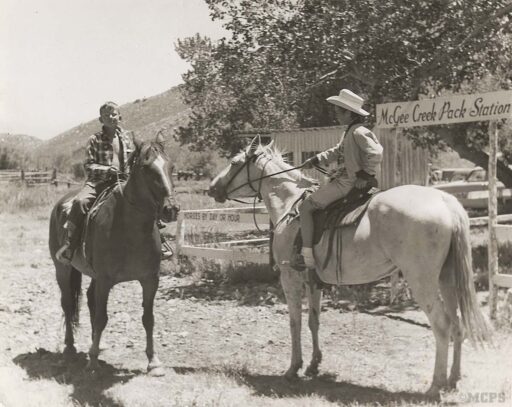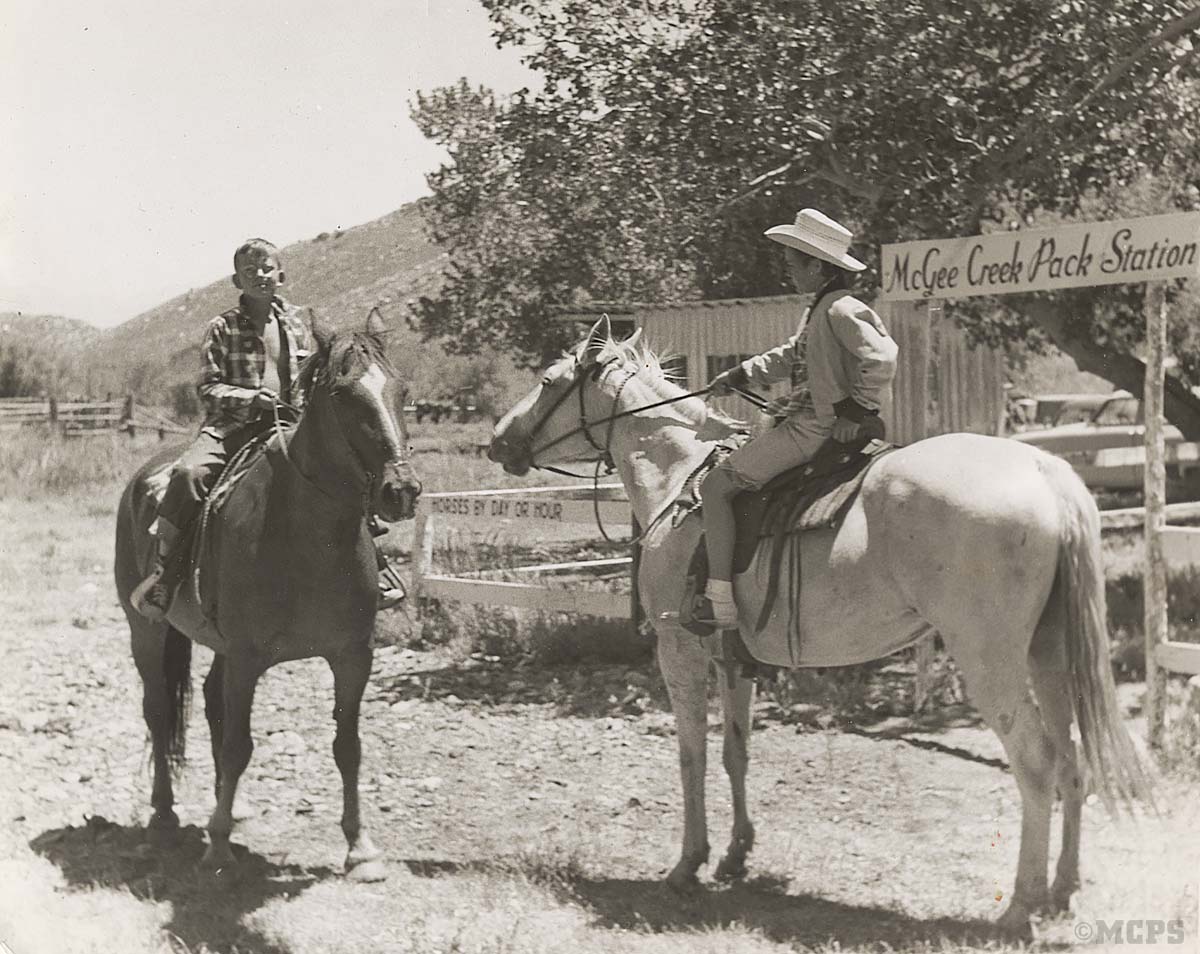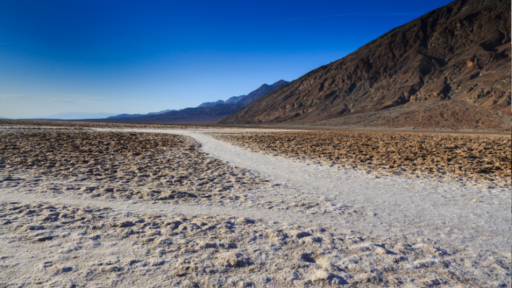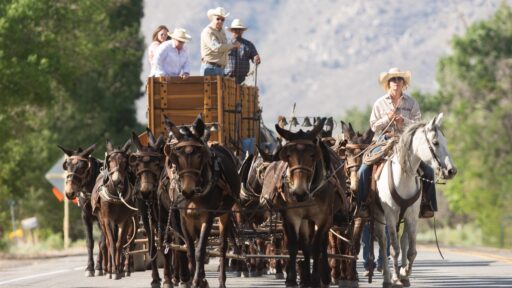Land Acknowledgment: Payahuunadu has been, and continues to be, the homeland of the Paiute (Nuumu), Shoshone (Newe), and Timbisha peoples. This land acknowledgment honors the original inhabitants of the Eastern Sierra and the tribes who remain here today.
Listen to the “The Packers Song” (press play)as you read this article 👇🏼
For over a century, pack stations have been the lifeline of the backcountry, quietly making it possible for hikers, hunters, and anyone with a thirst for wilderness to access the most rugged, remote, and absolutely stunning parts of the Sierra Nevada. Think of them as the original adventure outfitters, long before REI was a thing—except instead of ultralight gear and freeze-dried meals, they ran on stubborn mules, seasoned packers, and zero margin for error.
Back Then: Mules Rule
In the late 1800s and early 1900s, if you wanted to go deep into the Sierra, you weren’t doing it alone. The trails were brutal, the terrain was unforgiving, and carrying a 100-pound load on your back wasn’t exactly the move. Enter the pack stations, businesses built on the backs (literally) of mules and horses—animals designed by nature to go where wagons and early cars couldn’t.
Packers became the ultimate wilderness guides, hauling everything from climbers’ gear and fishermen’s supplies to moonshine and mining equipment. The deeper you wanted to go, the more you needed them.
Some of the Sierra’s Most Legendary Pack Stations
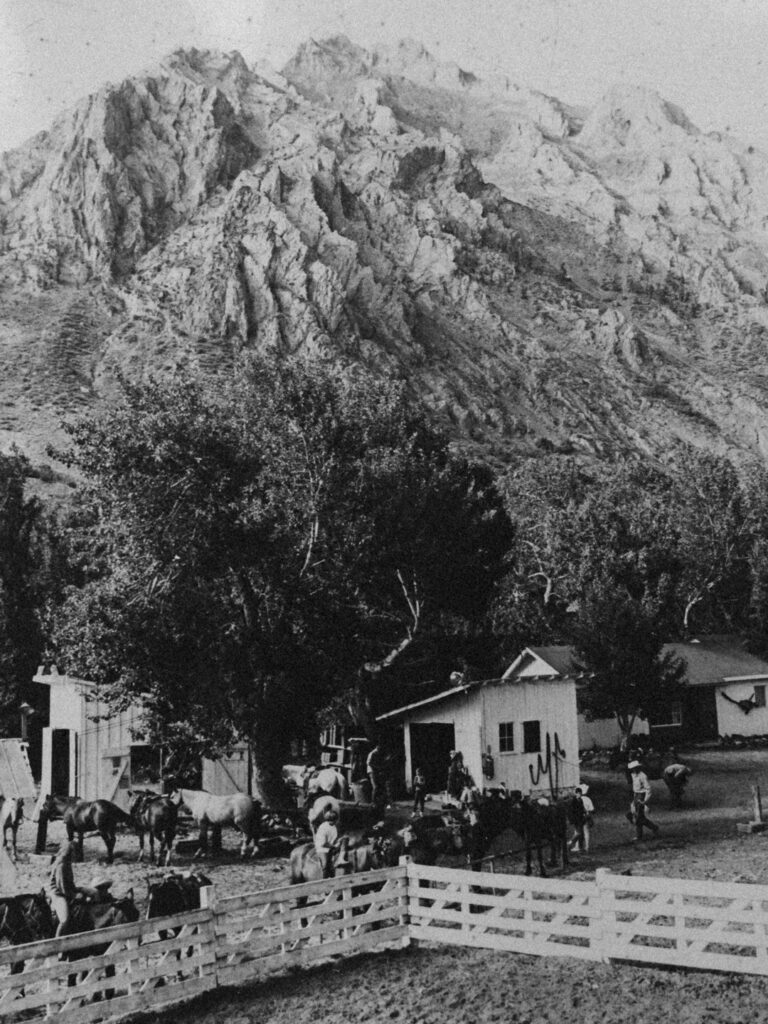
McGee Creek Pack Station
Established in the mid-20th century, McGee Creek became famous thanks to Chuck and Helen Lumpkin, who ran it with a mix of grit, patience, and an understanding that mules are smarter than people (but will absolutely mess with you if given the chance).
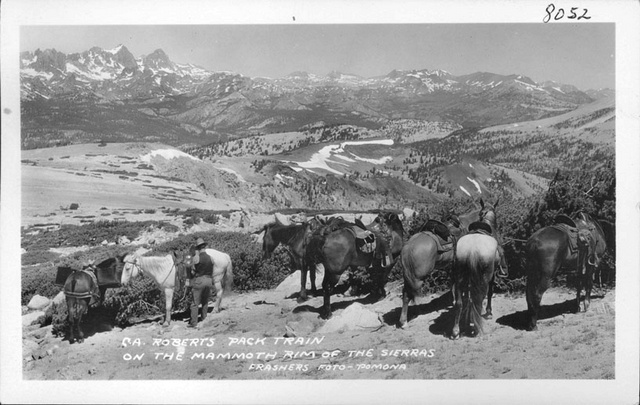
Lake Mary Pack Train
What started as a small pack station in 1930 became a Mammoth Lakes staple, helping early explorers get deeper into the wilderness before the town became a ski mecca.

Mount Whitney Pack Trains
Established in 1921, this operation took thousands of climbers and adventurers up the highest peak in the lower 48 long before ultralight backpacks and freeze-dried meals made it “easier.” The outfit grew under Norman Livermore in the 1940s, cementing its role in the golden age of backcountry exploration.
Why Pack Stations Still Matter
You might think pack stations are relics of the past, but they’re still very much alive and kicking. In fact, they’ve had to adapt—balancing tradition with modern recreation trends, shifting from being mining support hubs to conservation allies and adventure outfitters.
They’ve also become unexpected stewards of the land, quietly keeping trails open, educating visitors about responsible recreation, and proving that wilderness should be experienced, not consumed.
Pack Stations You Can Still Visit Today
Rock Creek Pack Station (Bishop, CA)
This spot offers everything from classic day rides to mustang viewing trips and multi-day pack adventures for anyone who wants to experience the backcountry the old-school way.
Virginia Lakes Pack Outfit (Bridgeport, CA)
A jumping-off point for one of the most underrated parts of the Sierra, where you can explore rarely seen corners of Northeastern Yosemite on horseback.

Cottonwood Pack Station (Lone Pine, CA)
The best place to saddle up if you want to ride into the Golden Trout Wilderness or take the slightly less brutal route up Mt. Whitney from the west side.

Rock Creek Pack Station (Bishop, CA)
This spot offers everything from classic day rides to mustang viewing trips and multi-day pack adventures for anyone who wants to experience the backcountry.

Virginia Lakes Pack Outfit (Bridgeport, CA)
A jumping-off point for one of the most underrated parts of the Sierra, where you can explore rarely seen corners of Northeastern Yosemite on horseback.
Learn More About Eastern Sierra Pack Station History
Locally written books on the topic:
“Switchback Trails Across the Sierra” by Marye Roeser: This book delves into the commercial recreational packing industry in the Sierra Nevada, offering insights from years of research and personal experience within this adventurous and historic culture.
“High Sierra Adventures” by a former Mt. Whitney Pack Trains packer: This narrative follows the experiences of a teenager working for Mt. Whitney Pack Trains in the 1960s, providing a firsthand account of life in the High Sierra during that era.
“The Thousand-Mile Summer” by Colin Fletcher: While not exclusively about pack stations, this 1964 chronicle details Fletcher’s 1958 hike along California’s eastern edge, traversing areas serviced by pack stations and offering a perspective on the landscapes and challenges of the region.

The Eastern Sierra Is Changing—But Pack Stations Aren’t Going Anywhere
As recreation trends shift and the backcountry sees more foot traffic than ever, pack stations are holding their ground. They’ve survived gold rushes, tourism booms, climate changes, and economic downturns, and they continue to offer one of the last true connections to the original Sierra explorers.This summer, we’re trading boots for horses and mules and heading out on a pack train trip for the first time. And yeah, we’ll absolutely report back.
Several Images provided by Mr. DeLea at Owens Valley History, one of the coolest websites on the internet. Thank you!


